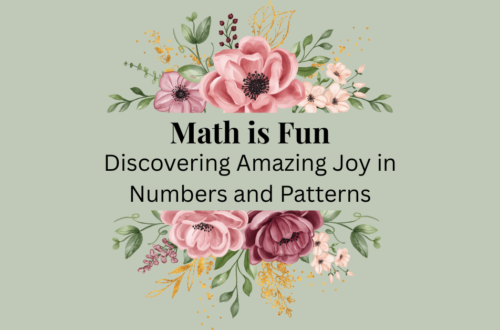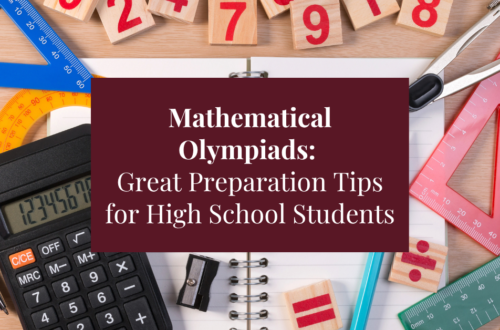Machine learning (ML) has become one of the most transformative technologies in recent years, driving advancements in fields like artificial intelligence, data science, and automation. But at the heart of machine learning lies a mathematical powerhouse: linear algebra. From basic operations to complex transformations, linear algebra is the foundation upon which much of machine learning is built. Let’s dive into how this branch of mathematics unlocks the potential of machine learning and why understanding it is key for anyone working in the field.
1. Vectors and Matrices: The Building Blocks of Machine Learning
In machine learning, data is often represented as vectors and matrices, which are key concepts in linear algebra. These structures are essential for organizing and manipulating large datasets.
- Vectors represent a collection of numbers, often corresponding to individual data points, features, or parameters.
- Matrices are 2D arrays that represent multiple vectors, often used to store datasets or transformation rules.
For example, in supervised learning, a dataset might be represented as a matrix where each row corresponds to an individual data point and each column corresponds to a feature. The ability to perform matrix operations, like addition, multiplication, and inversion, is fundamental to the processing and analysis of this data.
2. Linear Transformations: Manipulating Data
In machine learning, we often need to transform data to reveal patterns or make it more manageable. Linear transformations are mathematical functions that modify vectors or matrices, allowing for scaling, rotation, and other types of adjustments.
- These transformations allow you to project data into lower-dimensional spaces, helping algorithms find patterns in high-dimensional datasets (a process known as dimensionality reduction).
- For example, Principal Component Analysis (PCA), a common technique in machine learning, uses linear transformations to reduce the dimensionality of data while preserving its key features.
By understanding how to apply linear transformations, machine learning practitioners can manipulate data more effectively, improving the performance of algorithms.
3. Eigenvectors and Eigenvalues: Revealing Patterns in Data
Eigenvectors and eigenvalues are key components of many machine learning algorithms, particularly those that involve dimensionality reduction or optimization.
- Eigenvectors are special vectors that only scale (i.e., their direction does not change) when a linear transformation is applied.
- Eigenvalues measure how much the eigenvectors are scaled during the transformation.
In machine learning, these concepts are critical for algorithms like PCA and singular value decomposition (SVD), which are used to analyze large datasets and uncover underlying structures. By identifying eigenvectors, algorithms can find the most important features or directions in the data, leading to more efficient and accurate models.
4. Matrix Decompositions: Breaking Down Complex Problems
In machine learning, matrix decomposition is used to break down complex matrices into simpler, more manageable parts, helping to solve problems efficiently.
- LU decomposition, QR decomposition, and SVD are common matrix factorization techniques used to solve systems of linear equations, optimize models, and improve algorithm performance.
- For instance, in deep learning, backpropagation involves solving systems of equations to update the weights of neural networks, and matrix decompositions help speed up these computations.
By mastering matrix decomposition, machine learning practitioners can optimize algorithms, reduce computational complexity, and handle large datasets more effectively.
5. Solving Systems of Equations: The Core of Many Algorithms
Machine learning often involves solving systems of linear equations, especially in algorithms such as linear regression and logistic regression.
- In linear regression, for example, the goal is to find the best-fitting line (or hyperplane in higher dimensions) that minimizes the error between predicted and actual values. This requires solving a system of linear equations to find the coefficients that best describe the data.
- Gaussian elimination and other techniques are used to solve these equations and find optimal solutions.
Linear algebra provides the tools to solve these systems efficiently, which is crucial for training machine learning models and making predictions.
6. Optimization: Finding the Best Solution
Linear algebra plays a critical role in the optimization techniques used in machine learning. Many machine learning algorithms involve minimizing a loss function to find the best parameters for a model.
- Gradient descent, a popular optimization method, relies on linear algebra to calculate the gradient (slope) of the loss function and update the model’s parameters.
- Matrices and vectors are used to compute gradients and determine the direction in which the loss function decreases most rapidly.
By using linear algebra to optimize model parameters, machine learning algorithms can find the best solution for a given problem, improving performance and accuracy.
Final Thoughts
Linear algebra is the bedrock of many machine learning algorithms and techniques. From vectors and matrices to eigenvectors and optimization methods, a solid understanding of linear algebra enables practitioners to build more efficient, accurate, and scalable machine learning models. As machine learning continues to evolve, the importance of linear algebra will only grow, making it a vital area of study for anyone interested in this exciting field.
Are you ready to explore the role of linear algebra in machine learning? Dive deeper into the concepts and see how they can transform your understanding of algorithms and data analysis. Let us know your thoughts in the comments below!





